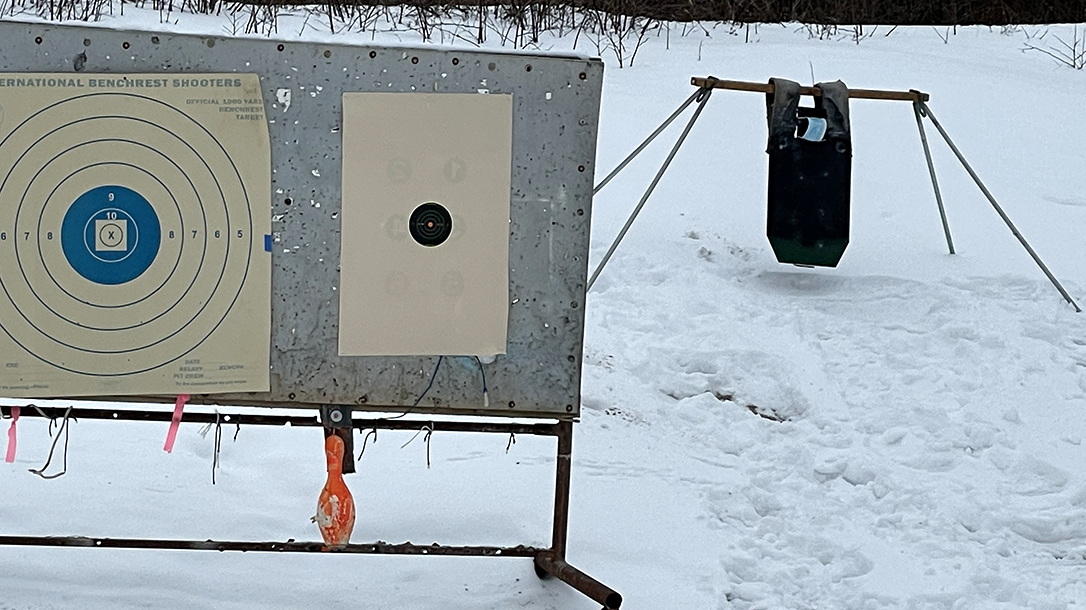For those serious about keeping their marksmanship skills sharp year-round, you will inevitably find yourself in less-than-ideal shooting conditions. Crisp, cold air can be quite the welcome change from the sweltering summer sun. However, cold weather brings many challenges that can affect your shooting accuracy and performance. But knowing is half the battle.
Shooting in Cold Weather
Frigid temperatures impact your firearm and ammunition and influence your physical ability to shoot effectively. Understanding these factors is crucial for anyone aiming to hit their mark in the colder months. Read on as we explore how cold weather can transform your shooting experience. I will also discuss ways to adapt and overcome these chilling obstacles.
Cold temperatures can profoundly impact both your gun and ammunition. So, it is essential to be aware of and understand these effects to maintain accuracy.
Advertisement — Continue Reading Below
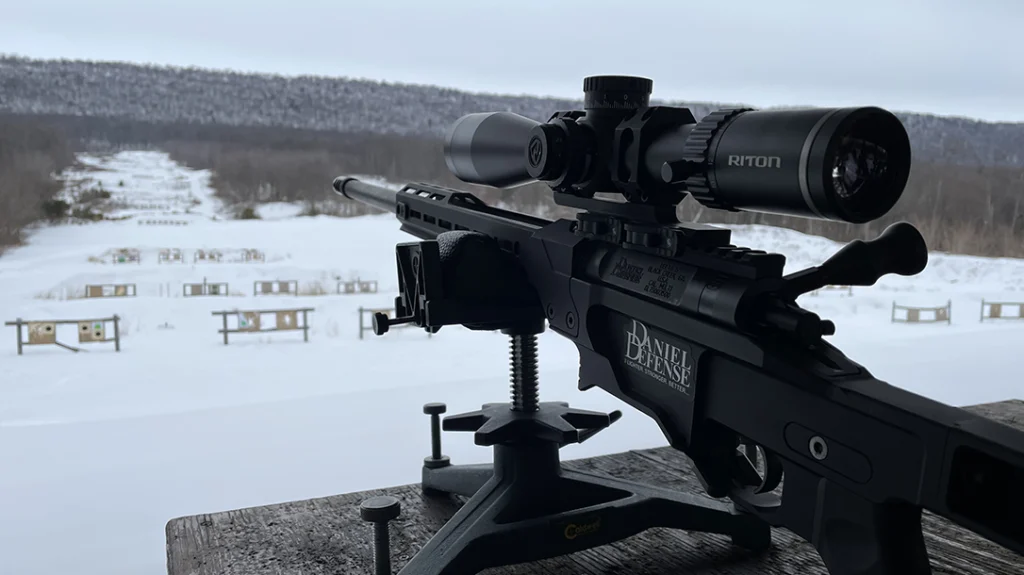
For example, the denser cold air creates more drag on the bullet, which can alter its flight path. This change in drag is often more pronounced with high-velocity bullets and at longer distances, causing variations in where the bullet lands. Moreover, cold weather frequently brings additional environmental factors, such as wind and snow, which can further affect the bullet’s trajectory.
Likewise, cold weather causes certain materials to contract. This contraction can alter the tolerances and clearances within the gun, potentially affecting its performance. Lubricants that function smoothly at higher temperatures can also become thick and sluggish in the cold. This leads to potential malfunctions or increased friction.
Advertisement — Continue Reading Below
Additionally, ammunition is not immune to the cold. Extreme temperatures can affect the powder’s performance and the primer’s sensitivity, potentially causing unreliable firing or changes in ballistic performance.
Gunpowder’s burn rate can also be affected, which, in turn, affects muzzle velocity and, subsequently, trajectory. Properly storing ammunition and allowing it to acclimate to the shooting environment can help preserve its integrity.
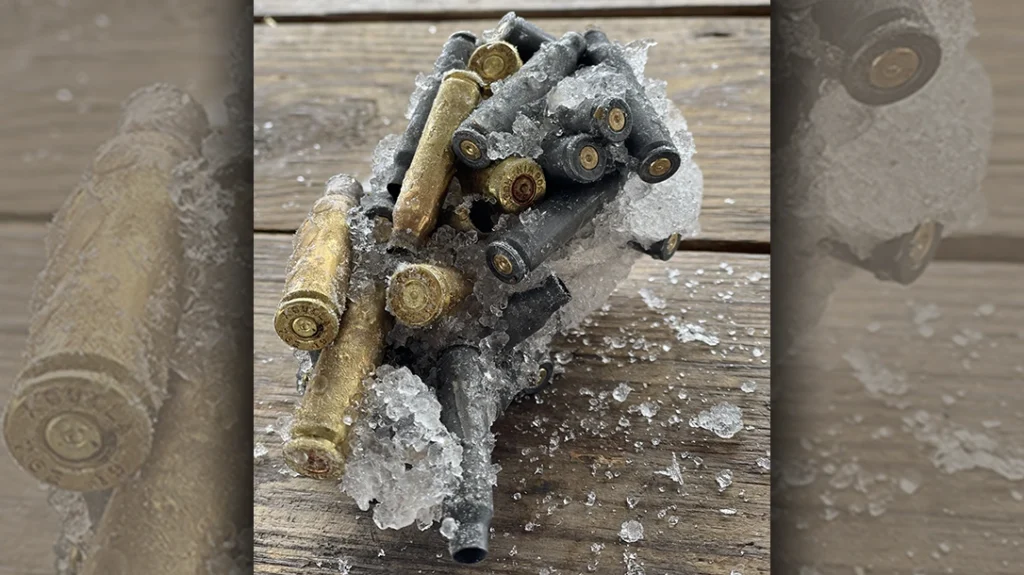
Advertisement — Continue Reading Below
Physiological Effects of Cold Weather
Understanding how ammunition is affected isn’t the only thing to consider when on the range during inclement weather. Equally important is understanding how cold weather affects your own body while shooting. Focusing more on your lack of warmth is a sign that your training session will be cut short. Correspondingly, what practice you do get in will not be your best.
Cold temperatures can lead to decreased dexterity in your fingers, making it more challenging to handle your firearm and operate its controls with precision. Wearing gloves can offer protection, but they can also hinder fine motor skills. To counter this, choose gloves designed specifically for shooting that balance warmth with tactile sensitivity.
Cold weather can also cause muscle stiffness, impacting your shooting stance and stability. Be sure to maintain a steady, relaxed posture, as it will help reduce the effects of stiffness and improve your control.
Advertisement — Continue Reading Below
Furthermore, the cold can affect your breathing and concentration. Breath fogging and shivering can disrupt your aim. So, practicing controlled breathing and ensuring you stay as warm and comfortable as possible can enhance your focus and performance.
Proper preparation for outdoor training will go a long way toward ensuring your comfort and overall enjoyment.
Staying Warm During the Colder Temps
Manufacturers know true outdoorsmen are out enjoying the range or hunting grounds year-round. Thus, they have developed many products that keep those very people toasty as the threat of snow looms.
Advertisement — Continue Reading Below
The Portable Buddy Heater from Mr. Heater is fueled by the small propane canisters in your local big box store’s camping section. It provides over 5 hours of heat, covering an area of approximately 225 square feet. So, you can use this heater outdoors to thaw out between strings of fire or even in an enclosed shooting point with proper ventilation.
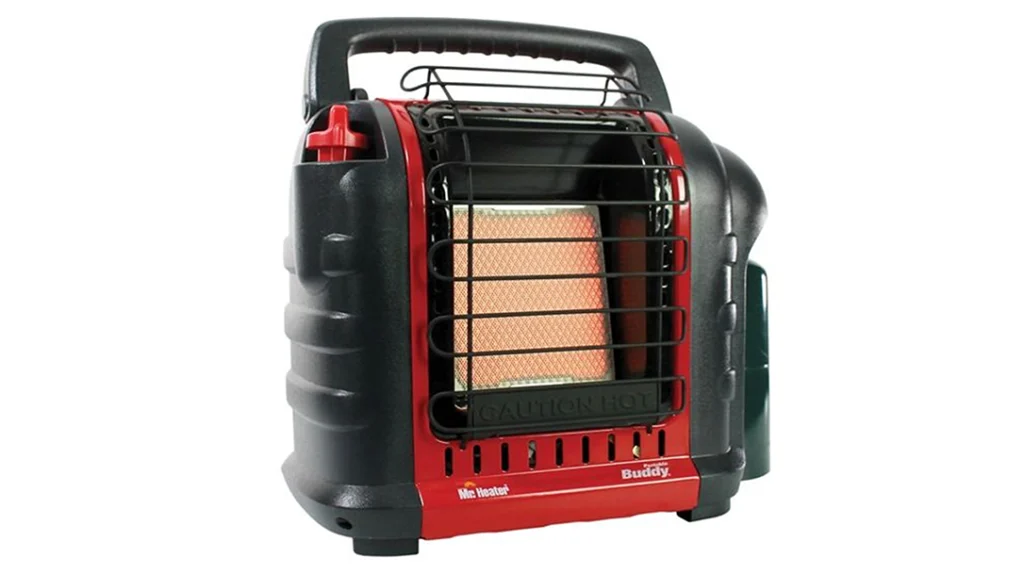
For more information, please visit MrHeater.com.
Advertisement — Continue Reading Below
A quality winter jacket is a must, and compromising will leave you shivering as you regret your lack of preparation. The Acadia Down Jacket from 5.11 Tactical is trusted by many shooters to keep them warm while outdoors. This jacket is filled with 100% down insulation, protecting you from plummeting temperatures. Similarly, the outer ripstop layer boasts a water-repellent finish, keeping you dry as you go downrange to post new targets.
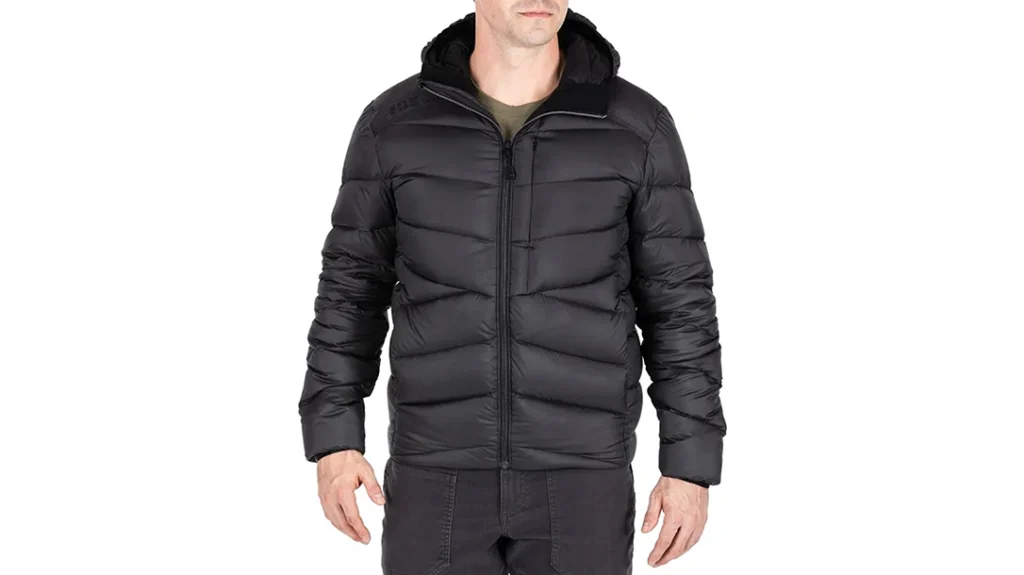
For more information, please visit 511Tactical.com.
Advertisement — Continue Reading Below
Another item to consider is proper footwear, as your day-to-day gym shoes aren’t going to cut it come December. The Outpost II boots from LaCrosse check off all the boxes regarding the qualities you should be looking for. This includes a weather-resistant upper, an outsole with sufficient grip on slick surfaces, a cold weather temperature rating, and more.
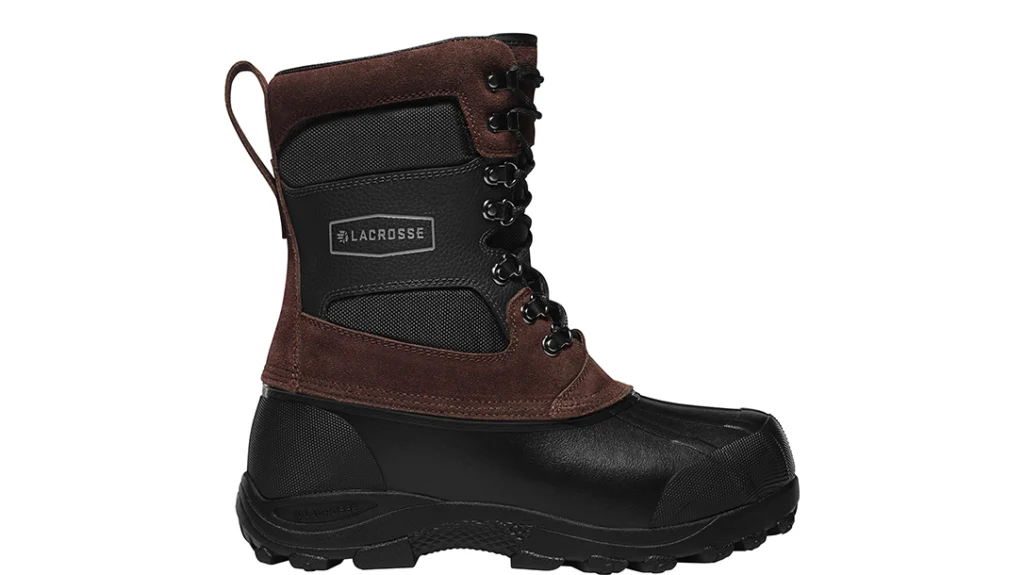
For more information, please visit LaCrosseFootwear.com.
Advertisement — Continue Reading Below
Final Thoughts
As you take on the challenges of shooting in cold weather, remember that preparation and adaptability are key. By understanding how cold affects your equipment and body and making the necessary adjustments, you can continue to enjoy shooting even as the temperatures drop.
With careful attention to your gear and personal comfort, you will be well-equipped to conquer the cold and keep your aim true throughout the winter months. So, as the snowflakes fall and you find yourself layering up, take the time to prepare and adapt. Your shooting success depends on it.
